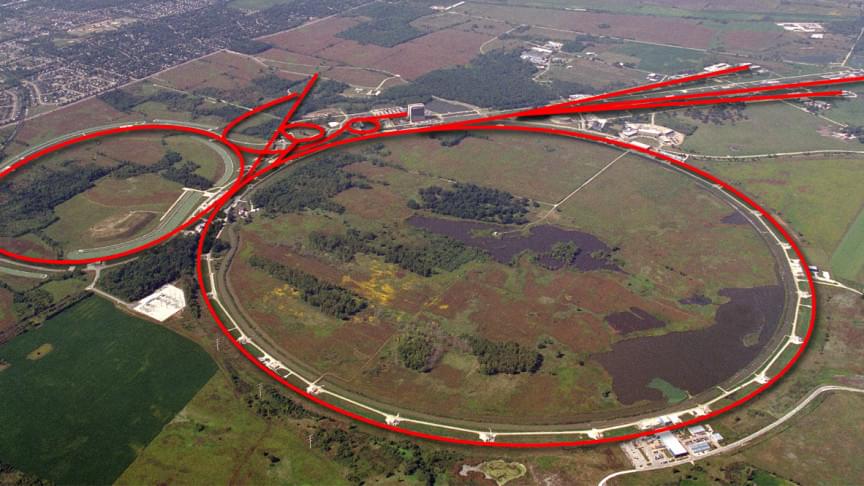
Category: particle physics – Page 376

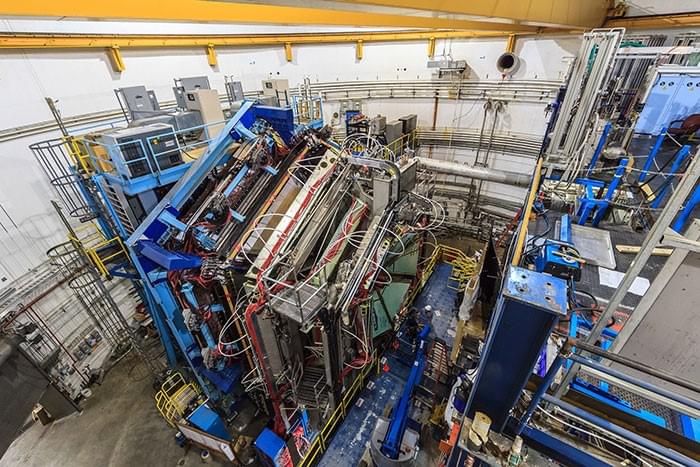
Mirror nuclei shed light on mysterious EMC effect
The study was done by the international Jefferson Lab Angular Momentum (JAM) collaboration using data from the MARATHON experiment, which is at the Thomas Jefferson National Accelerator Facility in the US. The team’s results could help physicists better understand how quarks are distributed inside protons and neutrons and why these distributions are different when protons and neutrons are incorporated within nuclei.
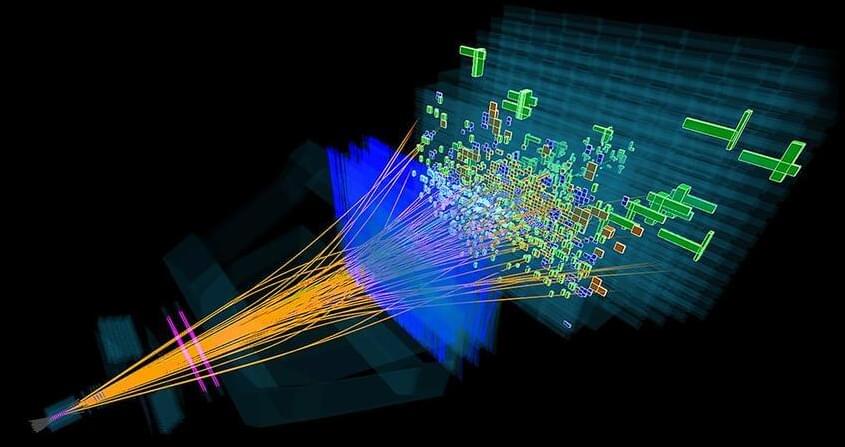
Growing Anomalies at the Large Hadron Collider Raise Hopes
Amid the chaotic chains of events that ensue when protons smash together at the Large Hadron Collider in Europe, one particle has popped up that appears to go to pieces in a peculiar way.
All eyes are on the B meson, a yoked pair of quark particles. Having caught whiffs of unexpected B meson behavior before, researchers with the Large Hadron Collider beauty experiment (LHCb) have spent years documenting rare collision events featuring the particles, in hopes of conclusively proving that some novel fundamental particle or effect is meddling with them.
In their latest analysis, first presented at a seminar in March, the LHCb physicists found that several measurements involving the decay of B mesons conflict slightly with the predictions of the Standard Model of particle physics — the reigning set of equations describing the subatomic world. Taken alone, each oddity looks like a statistical fluctuation, and they may all evaporate with additional data, as has happened before. But their collective drift suggests that the aberrations may be breadcrumbs leading beyond the Standard Model to a more complete theory.
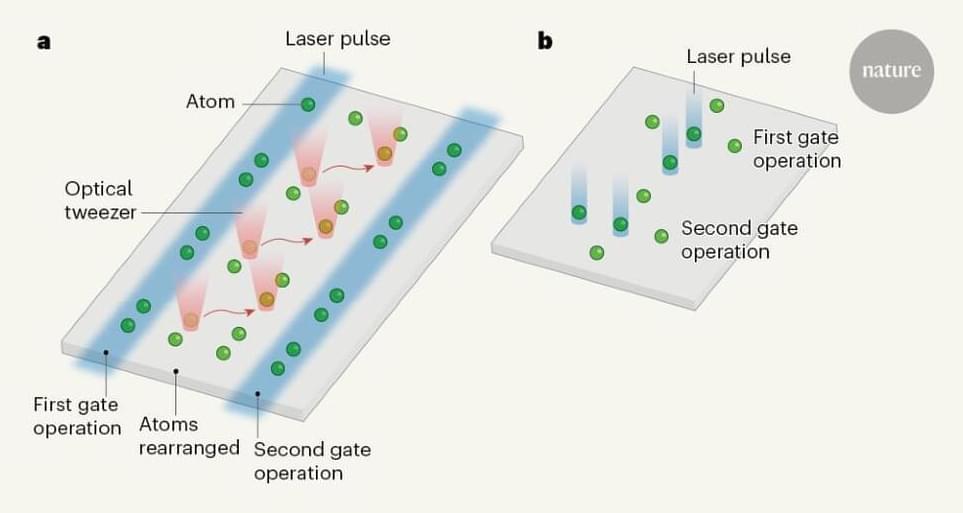
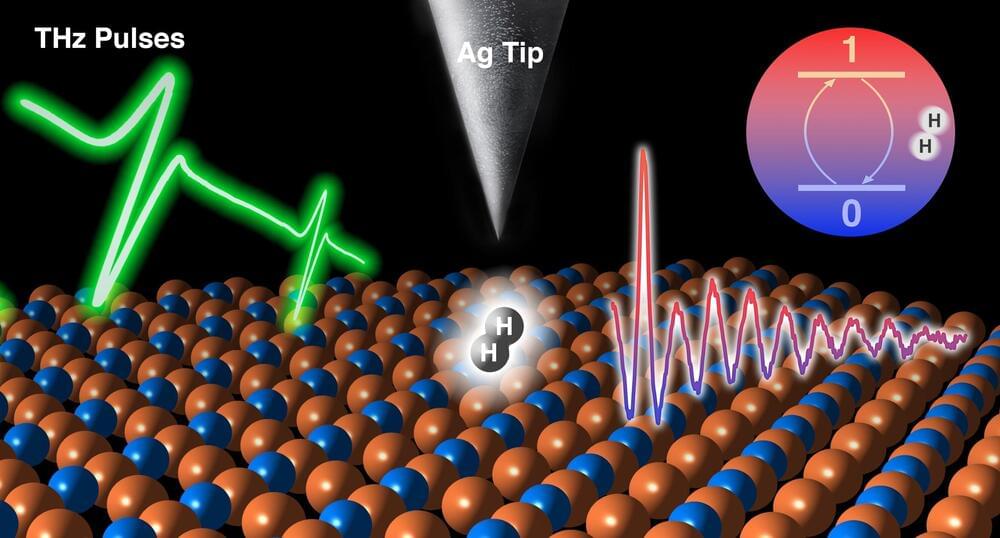
Scientists turn a hydrogen molecule into a quantum sensor
Physicists at the University of California, Irvine have demonstrated the use of a hydrogen molecule as a quantum sensor in a terahertz laser-equipped scanning tunneling microscope, a technique that can measure the chemical properties of materials at unprecedented time and spatial resolutions.
This new technique can also be applied to analysis of two-dimensional materials which have the potential to play a role in advanced energy systems, electronics and quantum computers.
Today in Science, the researchers in UCI’s Department of Physics & Astronomy and Department of Chemistry describe how they positioned two bound atoms of hydrogen in between the silver tip of the STM and a sample composed of a flat copper surface arrayed with small islands of copper nitride. With pulses of the laser lasting trillionths of a second, the scientists were able to excite the hydrogen molecule and detect changes in its quantum states at cryogenic temperatures and in the ultrahigh vacuum environment of the instrument, rendering atomic-scale, time-lapsed images of the sample.

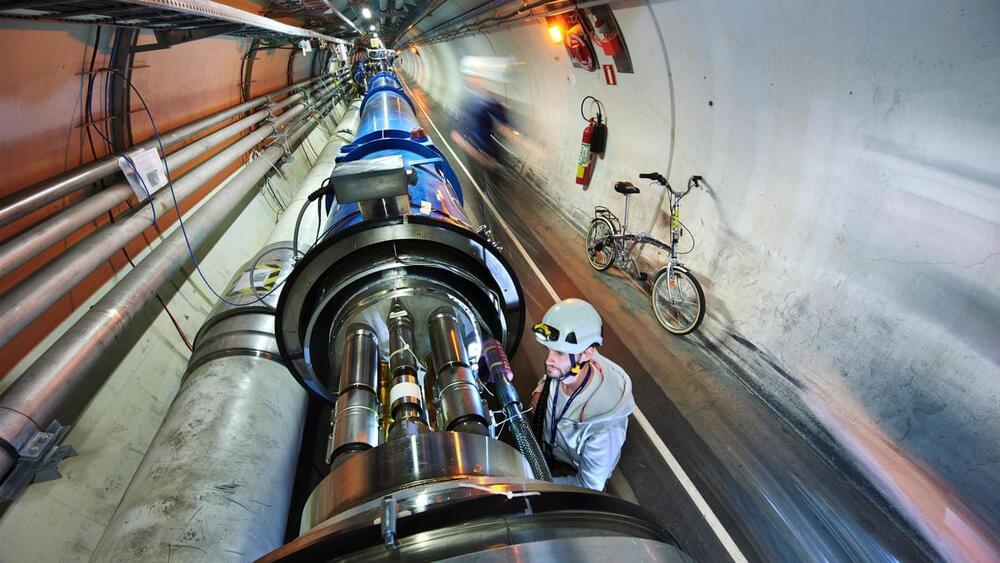
The Large Hadron Collider has restarted after 3 years of upgrades
Scientists shut down the particle accelerator in 2018 to allow for upgrades (SN: 12/3/18). On April 22, protons once again careened around the 27-kilometer-long ring of the Large Hadron Collider, or LHC, located at the particle physics laboratory CERN in Geneva.
The LHC is coming out of hibernation gradually. Researchers started the accelerator’s proton beams out at relatively low energy, but will ramp up to slam protons together at a planned record-high energy of 13.6 trillion electron volts. Previously, LHC collisions reached 13 trillion electron volts. Likewise, the beams are starting out wimpy, with relatively few protons, but will build to higher intensity. And when fully up to speed, the upgraded accelerator will pump out proton collisions more quickly than in previous runs. Experiments at the LHC will start taking data this summer.
Physicists will use this data to further characterize the Higgs boson, the particle discovered at the LHC in 2012 that reveals the source of mass for elementary particles (SN: 7/4/12). And researchers will be keeping an eye out for new particles or anything else that clashes with the standard model, the theory of the known particles and their interactions. For example, researchers will continue the hunt for dark matter, a mysterious substance that so far can be observed only by its gravitational effects on the cosmos (SN: 10/25/16).
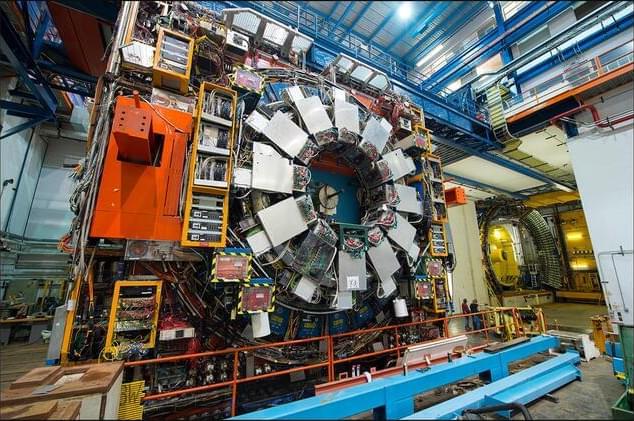

Experimental characterisation of nonlocal photon superfluids
Circa 2015 This is basically amazing leading to speeds in a computer basically infinite.
Quantum gases of atoms and exciton-polaritons are nowadays a well established theoretical and experimental tool for fundamental studies of quantum many-body physics and suggest promising applications to quantum computing. Given their technological complexity, it is of paramount interest to devise other systems where such quantum many-body physics can be investigated at a lesser technological expense. Here we examine a relatively well-known system of laser light propagating through thermo-optical defocusing media: based on a hydrodynamical description of light as a quantum fluid of interacting photons, we investigate such systems as a valid, room temperature alternative to atomic or exciton-polariton condensates for studies of many-body physics.
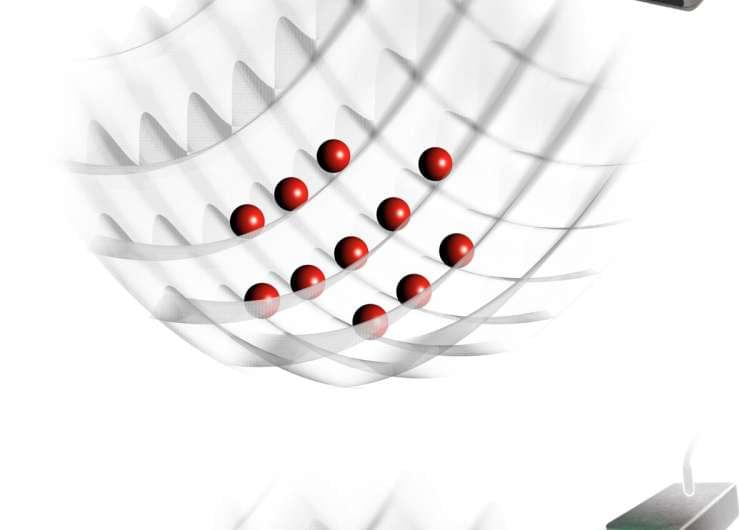
Study introduces loss-free matter-wave polaritons in an optical lattice system
Polaritons are quasiparticles that are formed when photons couple strongly with excitations of matter. These quasi-particles, which are half-light and half-matter, underpin the functioning of a wide range of emergent photonic quantum systems, including semiconductor-based nanophotonic devices and circuit quantum electrodynamic systems.
Researchers at Stony Brook University have recently introduced a novel polariton system in which the matter excitation is replaced by an atom in an optical lattice and the photon by an atomic matter wave. This system, introduced in a paper published in Nature Physics, results in matter-wave polaritons, and could open interesting possibilities for the study of polaritonic quantum matter.
“A few years ago, we became interested in the idea of using ultracold atoms to simulate the dynamical behavior of quantum emitters,” Dr. Dominik Schneble, head of the team of researchers who carried out the study, told Phys.org. “It turns out that it is possible to build an artificial atom that spontaneously emits matter waves, in much the same way as an atom spontaneously emits a photon (as described by the so-called Weisskopf-Wigner model).”